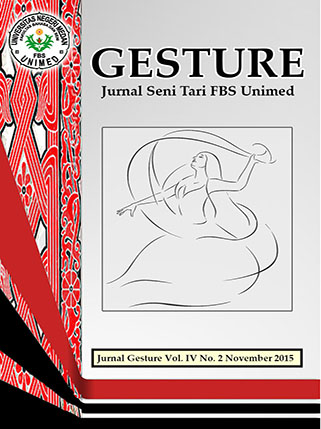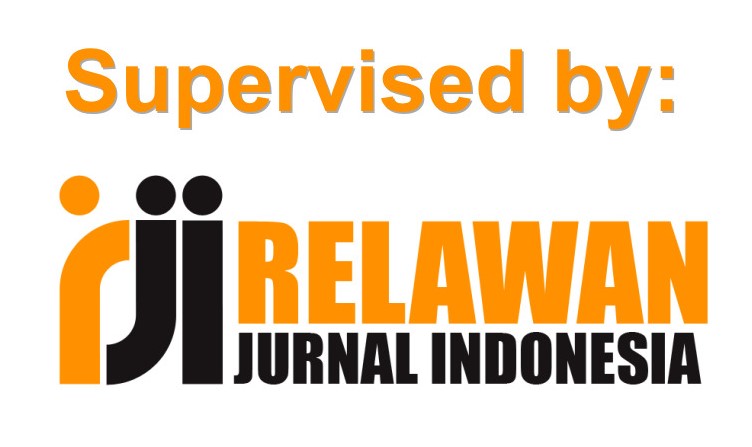STUDI KOMPARATIF TARI FALUAYA DI NIAS SELATAN DENGAN TARI FALUAYA DI MEDAN
DOI:
https://doi.org/10.24114/senitari.v4i1.2667Keywords:
Faluaya, Nias, Tari TradisiAbstract
The Research aimed to know how comparison of Faluaya dance in Niasnese with Faluaya dance in Medan. The population of this research are some cuture figure of district Bawömataluo and Simalingkar, artists who know and concerned in the dance. The sample are; culture figure, artist and people who concerned in the dance itself. Descriptive qualitative research was used in this research. To got the data, researcher did field observation, video, interview and documentation. The finding of this research pursuant to gathered data, can know that dance of Faluaya in Niasnese and Medan there are equation as well as difference. Created from victory expression all society of Niasnese of enemy attacking land, groun power of then, conducted with singing and dancing. Society of Nias in Medan, making dance of Faluaya as one of the dance expressing etnical identy of them, by showing how selfregard a seen young man of its responsibility to orderliness of native land. In Nias, dancer of Faluaya tribe sall Nias itself, while in Medan do not be obliged from tribe of Nias. But both this dance use is same property, that is baluse (shield), toho (tombak) and tolögu (sword). Square and cicle represent floor pattern wich is often used n both this dance, however in Medan heve there are addition of of the floor pattern wich adapted for choreographer. By dress black chromatic at vest and interior at exterior. There ara same colour type of vest which commonly use by dancer of Faluaya in Nias, there is which black elementary materials, with colour of ornament red, black and turn yellow and also cloth turn yellow the so-called with göndöra as subordinate, there is also made brown chromatic vest of sea grass an bark. Manner move at dance of Faluaya in Nias have some motion motif an its movement still original and not affect by other ethnical. Square and circle represent floor pattern wich is often used in both this dance, however in Meda have there are addition of often floor pattern which adapted for its choreographer.Downloads
Published
Issue
Section
License
Copyright (c) 2015 Laurensia Dora Melisa

This work is licensed under a Creative Commons Attribution-ShareAlike 4.0 International License.
Authors published with the Gesture: Jurnal Seni Tari agree to the following terms:
- Authors retain copyright and grant the journal the right of first publication with the work simultaneously licensed under a Creative Commons Attribution License (CC BY-SA 4.0) that allows others to share the work with an acknowledgment of the work's authorship and initial publication in this journal.
- Authors are able to enter into separate, additional contractual arrangements for the non-exclusive distribution of the journal's published version of the work (e.g., post it to an institutional repository or publish it in a book), with an acknowledgment of its initial publication in this journal.
- Authors are permitted and encouraged to post their work online (e.g., in institutional repositories or on their website) prior to and during the submission process, as it can lead to productive exchanges, as well as earlier and greater citation of published work. (See The Effect of Open Access)








